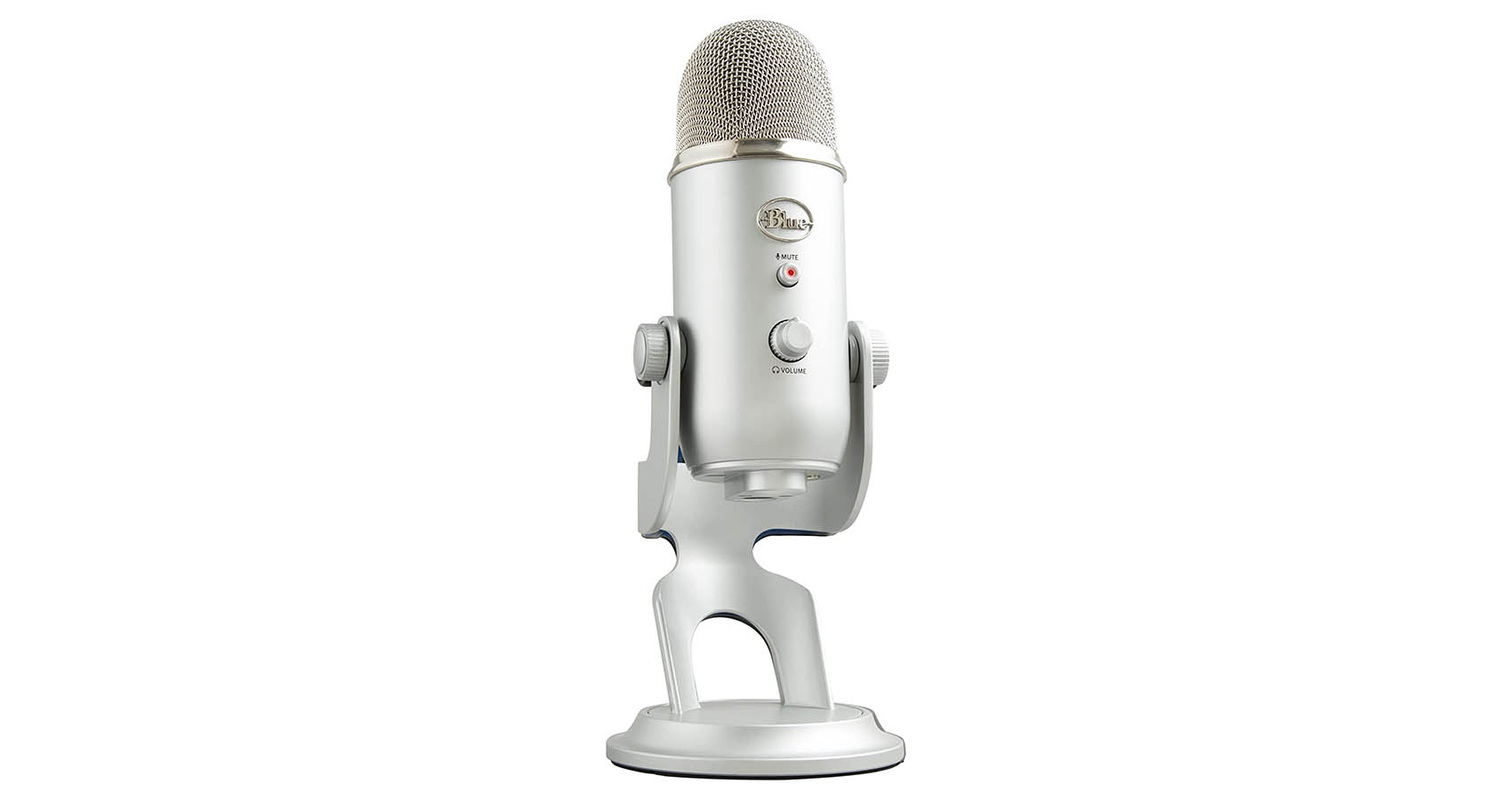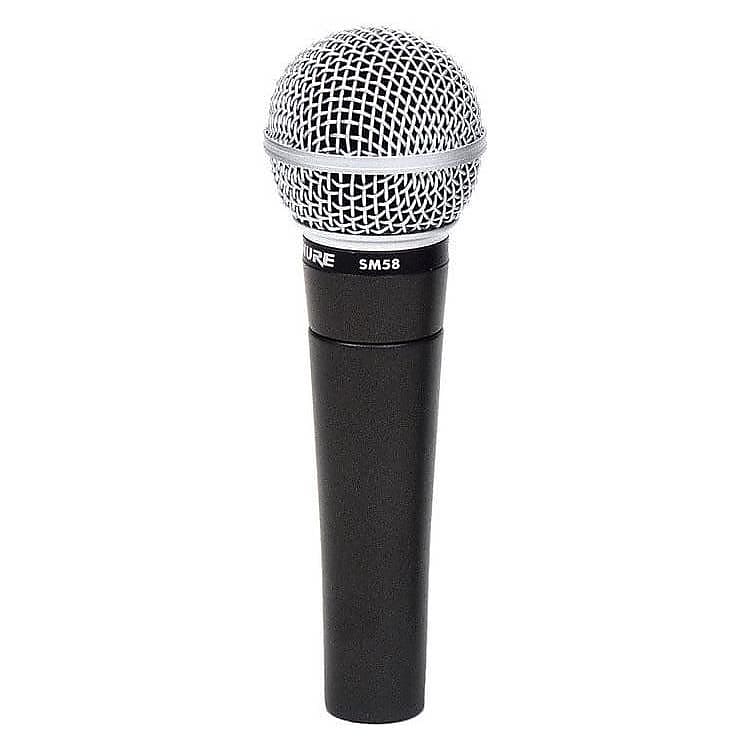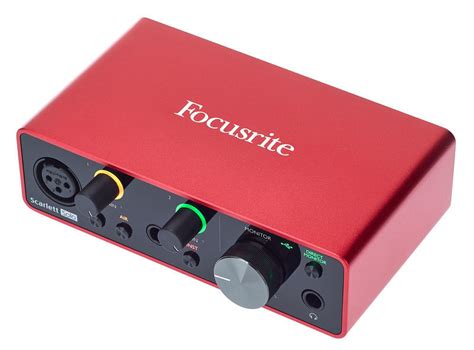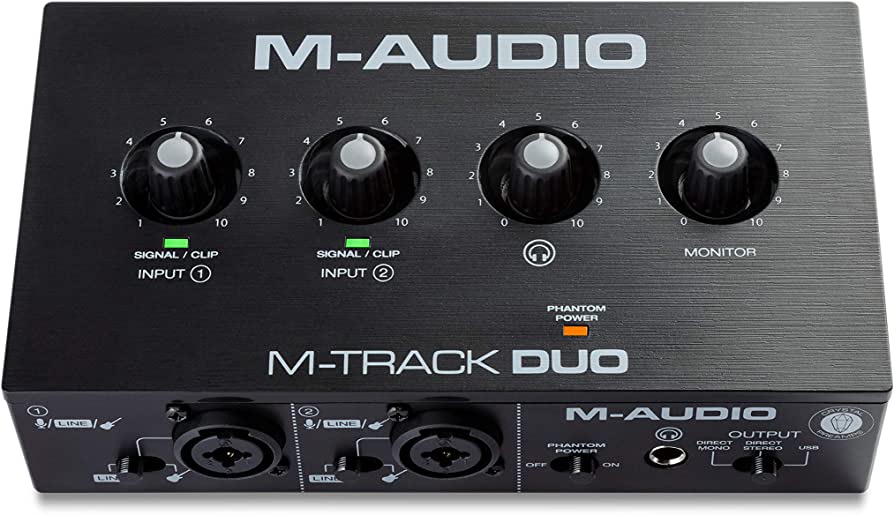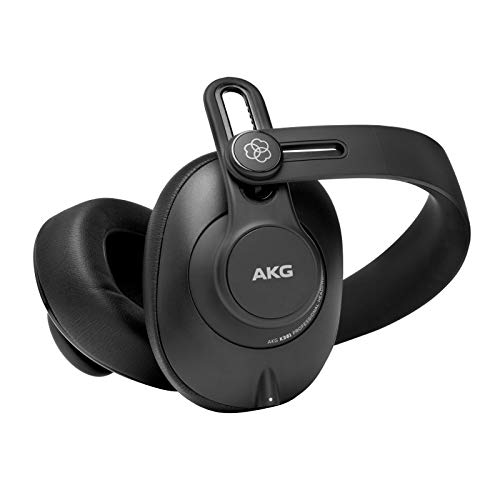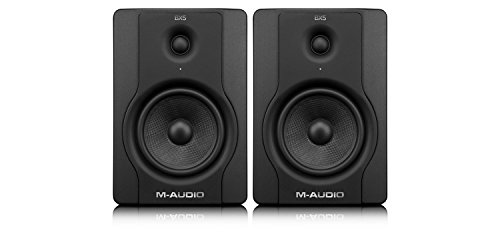Cheap Recording Studio Equipment | Affordable Prices
May 18, 2023
Making music is easier and cheaper than ever now. You can kick off your music production journey by spending only a few hundred bucks on music recording equipment.
Besides that, you can pretty much learn everything you need to about music production from home or even take an music production online course that will help you achieve results even fast.
All you require is a microphone, monitoring headphones and/or speakers, an audio interface, and preferably a treated room, and the rest is consistency and hard work. In this article, I'll bring on some of the best good-value items in the branch to help you set up your studio.
1. Microphones
We're facing a broad spectrum of products stretching from $100 to $10,000+ price tags when it comes to microphones.
They're an inseparable part of each studio, used for recording vocals, instruments, and other sound sources. Though you might be able to only get top-end sound from expensive mics, there are many, affordable models can also use. For example, the Blue Yeti Microphone.
Blue Yeti microphone is one of the most sought-after USB condenser mics that boast a solid build and top-grade performance.
For an affordable price tag of $110, the Blue Yeti lets you choose from a handful of pickup patterns according to your current application, including cardioid, omnidirectional, bidirectional, and stereo. Moreover, it saves you a couple of extra hundred bucks by enabling you to get off with your recordings independently from an audio interface.
If you're looking for more condenser microphones then I suggest looking at this post on my top 5 condenser microphone recommendations. For now, let's move on to a powerful dynamic mic with a great price tag, the Shure SM58.
This could be the gold standard in microphones and I can almost guarantee that you've seen this before. Am I right? The celebrated Shure SM58 offers industry-standard performance, sufficient sensitivity, and a gentle mid-range boost that fits vocals beautifully.
Being a handheld dynamic mic, the SM58 performs superbly for live sessions, too, thanks to the cardioid directional pattern and brilliant off-axis rejection. I always have a few of these lying around my home studio because when in doubt, think SM58!
2. Audio Interfaces
If you've decided to go for an XLR microphone and not a USB microphone, well, that's probably a good choice. Not to say that you can't get good quality with USB mics. However, you can get better quality with XLR mics. However, with an XLR mic, you'll ned an audio interface.
What is an audio interface?
An audio interface is the middle man between your microphone and computer. Think about it, if you have an XLR mic, you can't plug that into your comptuer. So, you need an audio interface. It's almost like one of those dongle that Apple makes you buy to plug in your SD card or other USB stuff. What's happening behind the scenes is, your audio interface is amplifying and converting the audio signal from the microphone, directly into your DAW.
With all this, it makes a huge difference to have a good audio inteface.
You can expect low latency from a good audio interface. For instance, the UAD Apollo twin, which I use in my home studio.
The Focusrite Scarlett Solo 3rd Gen has a big name in the trade, thanks to pro-level performance, which comes at a reasonable price. It's a well-built audio interface with a headphone output, a balanced TRS stereo output, an XLR mic input, and a line/instrument input, making it a go-to option for solo artists.
The M-Audio M-Track Duo also has much to offer at a nominal cost. Two mic/line/instrument inputs make the M-Track Duo suitable for duo music projects, small jam sessions, and podcasting.
It also features two knobs to control the volume level for monitoring speakers and headphones, an output for 1/4" TRS jacks, and a 1/4" headphone jack output. The M-Track Duo offers excellent performance at boosting the input audio signals up to 54db and a generous maximum of 44db boost for line/instrument inputs. You can find it on Amazon at a reasonable $69 price.
If you're curious about learning more about audio interfaces then I recommending checking out my top best budget friendly audio interfaces . This will give you a more comprehensive guide to the most suitable items in the market.
3. Headphones
You can't skip the headphones, no matter what. They're essential for recording and music production. But that doesn't mean a you have to go out of pocket to get the right pari for you.
Without spending big, you can get a functional pair of headphones with above-average performance that meets your needs right away. You need to consider a few factors that make all the difference for an excellent headphone:
-
Go for a comfortable option—preferably with soft ear pads and an adjustable headband—so you won't put your ears under pressure after prolonged use.
-
Look for headphones with a transparent and flat frequency response with the least unnatural boosts and cuts in specific ranges. In that way, you'll make the right decisions during music production and mixing.
At a price below $50, Sennheiser HD 206 is the best deal you can get: an over-ear, closed-back headphone that spares no effort to deliver all nuances with the least biased frequency response.
You can also count on the HD 206 to serve for a long while, though the lightweight might make you think otherwise.
The AKG K361 is another very functional headphone that shares similar characteristic to the HD 206.
Such a valuable product from the renowned AKG isn't expected to cost $115, but they've cut corners and kept what really matters.
You can rest assured the incredible match of the wide frequency range of 10 – 20kHz with the accurate reproduction of sounds gives you a high-grade result for your recordings and mixing. Also, the K361 feels light and comfortable, making it a really great choice for long long term use. They are a very popular headphone choice among beginner Youtubers and beatmakers.
Getting the right paid of headphones may take some time and you'll likely need to try out a few pairs until you find the right one for you. I suggest you ask around and borrow a few pairs from your friends. How do they sound? How do they feel? Can you wear them more than 2-3 hours straight? These are all good questions to ask when you're buying new headphones. If you're looking for more info on headphones than I suggest checking out the my post on the best headphones for mixing and mastering.
4. Monitoring Speakers
Beginners are often confused about what studio monitors to buy or whether they need a pair at all. If you're on a very tight budget then you can skip speakers since a decent pair of headphones will do the monitoring job for you. I did this at at the beginning of my music production journey because I couldn't afford a solid pair of speakers, so I relied on headphones instead.
Eventually though, you'll need a pair of monitors. They are crucial if you want to get quality mixes. Besides, you can't wear headphones forever. Wearing headphones for long durations can severely damage the ears. And you need your ears for life!
Lower price points don't necessarily mean less quality, and the $189 KRK Rokit RP5 G4 proves it. I also own a pair of them in my home studio. They were actually my first paid of monitors. They deliver transparent and accurate sound results with rich bass delivery, making it a charming option for any home studio. You can't help but recognized the yellow cones in the speakers right? They are very popular among beat makers on YouTube for their rich bass.
A cheaper alternative that gets you about the same outcome is M-Audio BX5-D3. It comes from a decade-long background and is now in its best shape with heightened performance compared to the previous D2 model by offering a smooth and relatively accurate reproduction. You can get the M-Audio BX5-D3 for a reasonable $149 at Amazon.
5. Acoustic Treatment
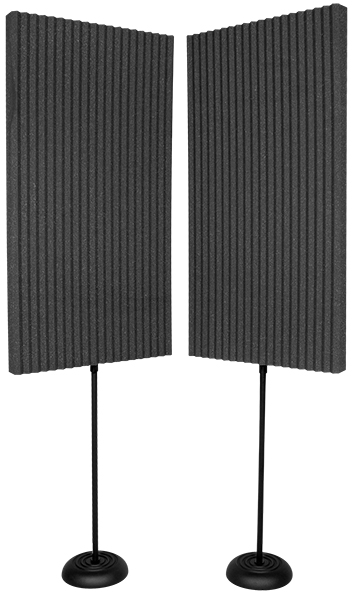
Can you spare acoustic treatment now that you've got your essentials prepared?
My answer is yes and no.
Whether to make music in a bare or nicely treated room is your call. If you're still uncertain about your music career and want to tinker around for a while, spending your budget on standard, proper acoustic treatment won't be necessary.
You can also make the best of a few household materials that could be easily found at home, such as window curtains, carpets, pillows, and comforters, in order to partially minimize sound reflection.
On top of that, the appropriate arrangement of your studio, especially your studio monitors' initial setup, can substantially help to get better results. That said, you can soundproof your studio without spending a fortune. Great bargain deals on Amazon can uplift the looks and acoustics of your studio without breaking the bank.
Final Thoughts On Building A Budget-Friendly Studio
If you've just started your music production journey, cheap studio equipment can get adequate results. You can own a USB mic and headphones to still make great songs with just a few hundred bucks.
Furthermore, you can jazz up your studio by investing more in an XLR mic, an audio interface, a pair of comfortable monitoring headphones, speakers, and proper acoustic treatment to get even better results. My rule of thumb is start small.
If you need more help in music production, songwriting, mixing, and mastering with Logic Pro, I suggest downloading my free six pillars to learn Logic Pro faster.

